Have you ever noticed the appearance of fine lines and wrinkles sooner than you expected? Fine lines and wrinkles are rewards of aging and signs that we’ve been living and laughing. However, nobody wants to look older than they are. One of the biggest accelerators in premature aging is due to oxidative damage.
Oxidative damage can lead to DNA telomere shortening and genetic alterations, accelerating signs of aging. Beyond aging, oxidative damage plays a role in developing significant health challenges. The good news is there are many action steps you can take to reduce oxidative damage with healthy lifestyle habits.
What Causes Oxidative Damage?
Oxidative damage happens to cells and tissues when the production of free radicals exceeds the body’s ability to counteract their damaging effects with antioxidants. This process occurs internally from unhealthy lifestyle choices such as eating processed foods and too much sugar.
Other common causes of oxidative damage are sun exposure, smoking, and toxin exposure. We are exposed to a number of toxins on a daily basis internally that harm our organs, including the skin. Exposure to chemical toxins in your air, water, and food can trigger not only oxidative damage, but other root causes of health issues such as microbiome disturbances, nutritional deficiencies, and hormone imbalances.
Avoiding toxins is essential for clear, glowing skin. Unfortunately, the number of chemicals and toxins in our environment is increasing at an alarming rate, and our bodies soak them up like sponges. When it rains, air pollutants, pesticides, and other chemicals are washed into our water supply. The crops we eat absorb this water, and the animals we eat also live off the contaminated water, plants, and feed, so chemicals concentrate in their bodies.
One toxin of particular concern is endocrine-disrupting chemicals (EDCs). EDCs include substances in our environment, water, food, and personal care products that interfere with the production, transport, breakdown, binding, and elimination of hormones. Exposure to EDCs ultimately affects the hormonal system and the skin.
What Oxidative Damage Does to the Skin
In the skin, free radicals damage collagen, resulting in sagging, dullness, and uneven tone. External exposure to pollutants in the air and skincare products, as well as excess sun exposure, trigger oxidative damage. This accelerates the signs of premature aging.
Oxidative damage already happens naturally with age.
Levels of antioxidants that help combat oxidative damage decline as the years pass.
This makes a healthy diet and making healthy lifestyle changes even more important. Eating foods high in antioxidants is one of the easiest ways to support the skin and minimize the harmful effects of this process.
In addition, because the skin acts as an external barrier, it is directly exposed to environmental stress, such as sunlight and pollutants. Excessive exposure to the sun’s UV radiation generates free radicals in the skin. When their levels exceed natural antioxidant defenses, oxidative damage occurs. It also causes the depletion of antioxidants, such as vitamins E and C.
Hyperpigmentation and Dark Spots
In general, we want to prevent pigmentation changes to the skin because they’re signs of sun damage, and they also signal internal disturbances.
To explain this further, here’s a brief anatomy/ physiology lesson:
- The epidermis is the top layer of skin and is very thin
- The flat cells of the upper layer are called squamous cells; below this are basal cells
- Melanocytes are cells that also reside in the epidermis
- These cells make the brown pigment melanin, which gives skin its tan or brown color and helps protect against the damaging effects of UV rays
Increased melanin production leads to hyperpigmentation. Excess production is usually caused by sun exposure, inflammation, free radicals, and hormonal changes. When we experience oxidative stress from sun exposure, oxidative damage occurs. This spirals into increased melanin production to protect the skin and thus worsens hyperpigmentation.
Collagen Breakdowns
Oxidative damage also speeds the breakdown of your skin’s elastin and collagen. As we age, elastin fibers in the skin deteriorate, causing a loss in elasticity.
Collagen comprises 70 to 80 percent of the skin’s dry weight and gives the dermis its structure.
Elastin is a relatively small part of the dermis, but its function is important.
With age, collagen production gradually declines, and our skin becomes thinner. Sun exposure also causes skin to lose elasticity and age quickly. The biggest changes typically occur after age sixty, but with excessive sun exposure, changes can occur as early as our twenties. You can’t stop the clock, but you can reduce oxidative damage through certain dietary and lifestyle changes.
How to Minimize Oxidative Damage
Choosing clean water, food, personal care products, and other items in our immediate environment is the most effective way you can avoid oxidative damage.
We know what we eat can nourish our bodies, including the skin. The most important foods to eat for clear, glowing skin are those rich in:
- Skin-loving fatty acids
- Antioxidants
- Probiotics and prebiotics
- Collagen-boosting nutrients (If your diet lacks collagen-rich foods, consider a collagen supplement such as The Spa Dr. Collagen Plus)
- Cleansing and anti-inflammatory properties
These quality foods boost your body’s detoxification pathways and reverse oxidative damage.
Choosing fresh, local, and seasonal produce that is rich in nutrients like antioxidants can help protect us against harmful oxidative damage.
Another simple way to minimize oxidative damage is to choose toxin-free skincare products. Be mindful that what you put on your skin is absorbed into your body and may elevate the level of toxins you’re already exposed to each day. In the United States, safety testing of skincare ingredients is not required and only 11 ingredients are banned for use in personal-care products.
On the other hand, the European Union has banned more than 1,300 ingredients in personal-care products due to toxins. That’s why we make The Spa Dr. skincare products to EU standards.
As we go through this life it may seem challenging to avoid oxidative damage. However, by making healthy choices in your daily life, you can promote glowing skin and radiant health. This journey is not about being perfect, but it does involve making conscious choices.
If you need extra help on this journey, check out my book, Natural Beauty Reset. There you’ll find a step-by-step, 7-day plan for each season to promote balance and your natural beauty.
The Spa Dr.® Approach
At The Spa Dr.®, our approach is to help shine the light on the skin and health care information and offer our guidance to support you on your journey.
Dr. Trevor Cates’ book, Natural Beauty Reset, provides an in-depth look at how you can nourish your body and support your health and hormones through the seasons.
The Spa Dr.® offers natural skin care products that are safe and free from chemicals and toxins that can harm your skin and health. Our products are formulated to contain key nutrients in their pure and active form to provide optimal results. In addition, our products are pH balanced towards mild acidity to promote and protect a healthy skin microbiome.
If you are not already part of The Spa Dr.® community, please join us on social media.
Share this article with your friends and spread the word to promote harmonized hormones and natural beauty!
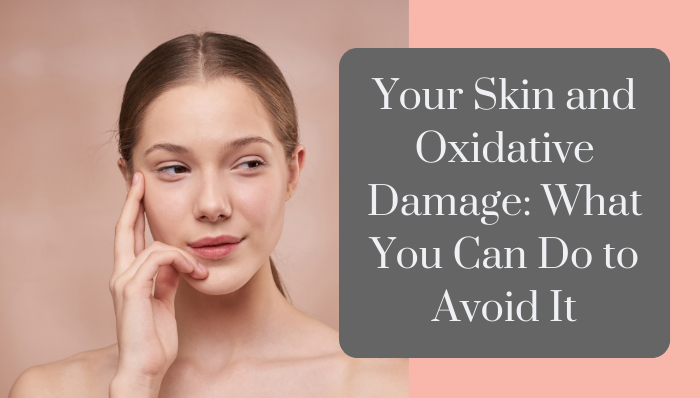
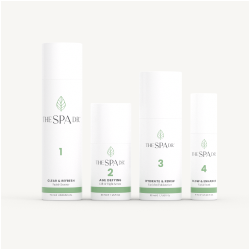
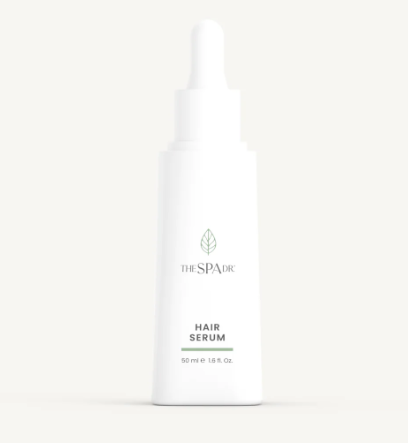
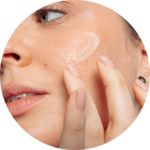

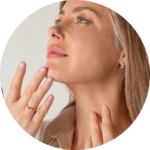



Reader Interactions